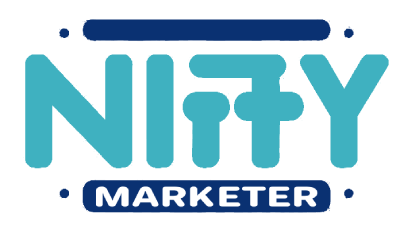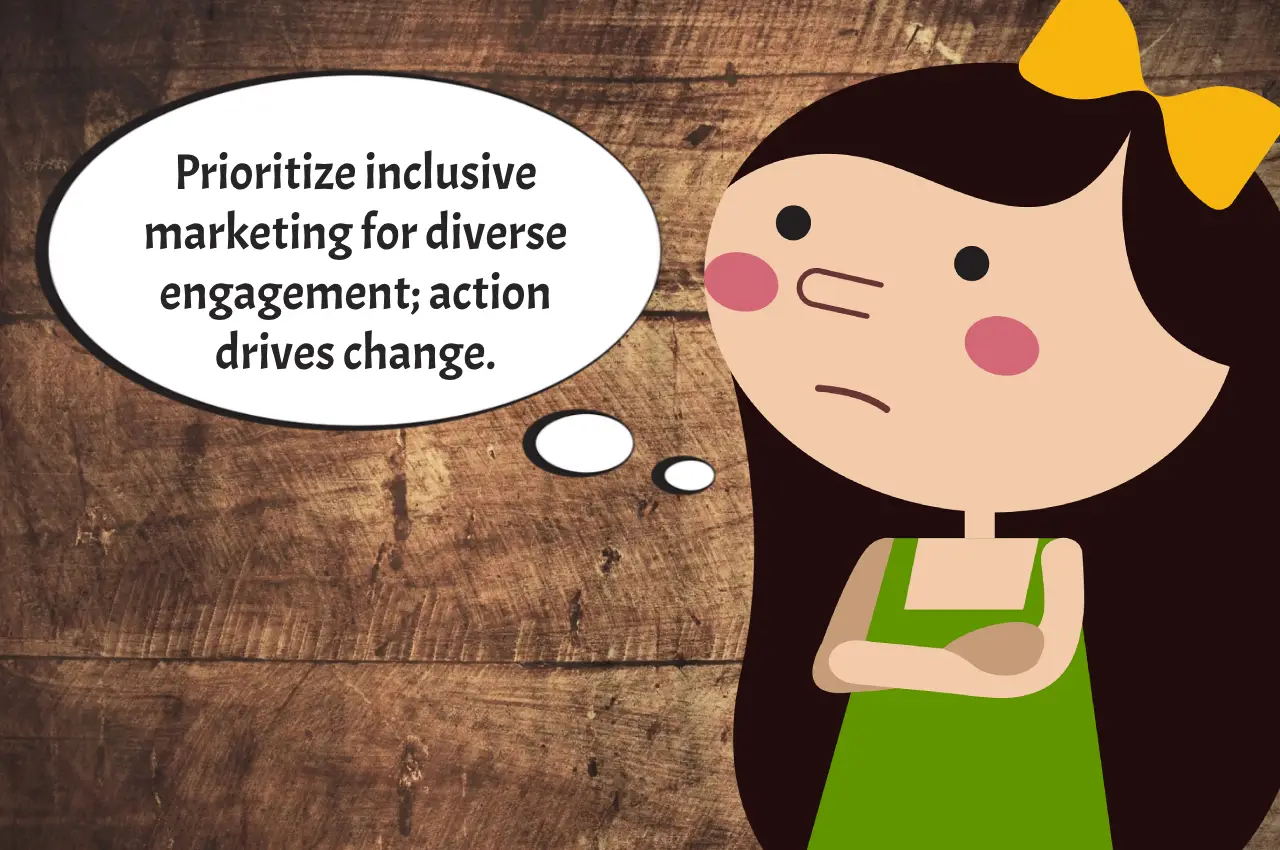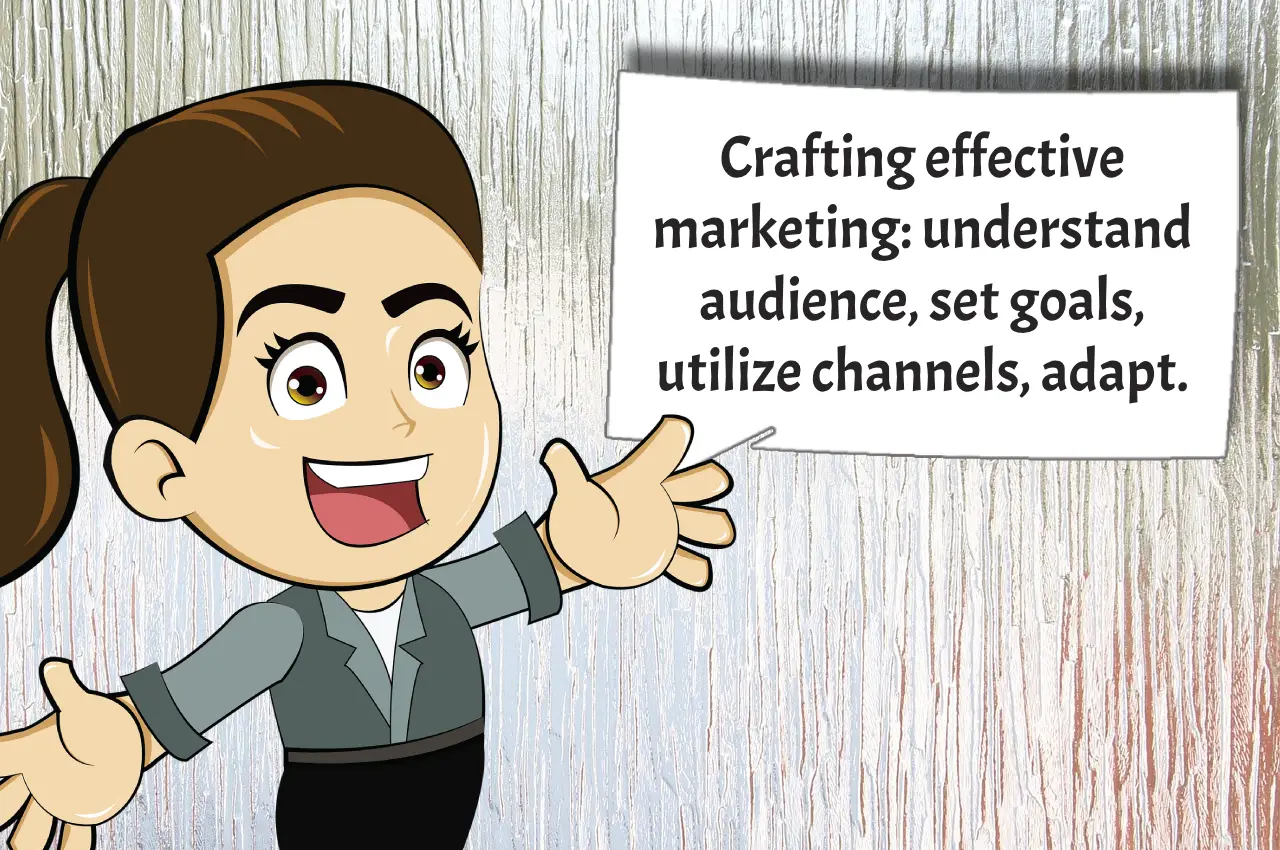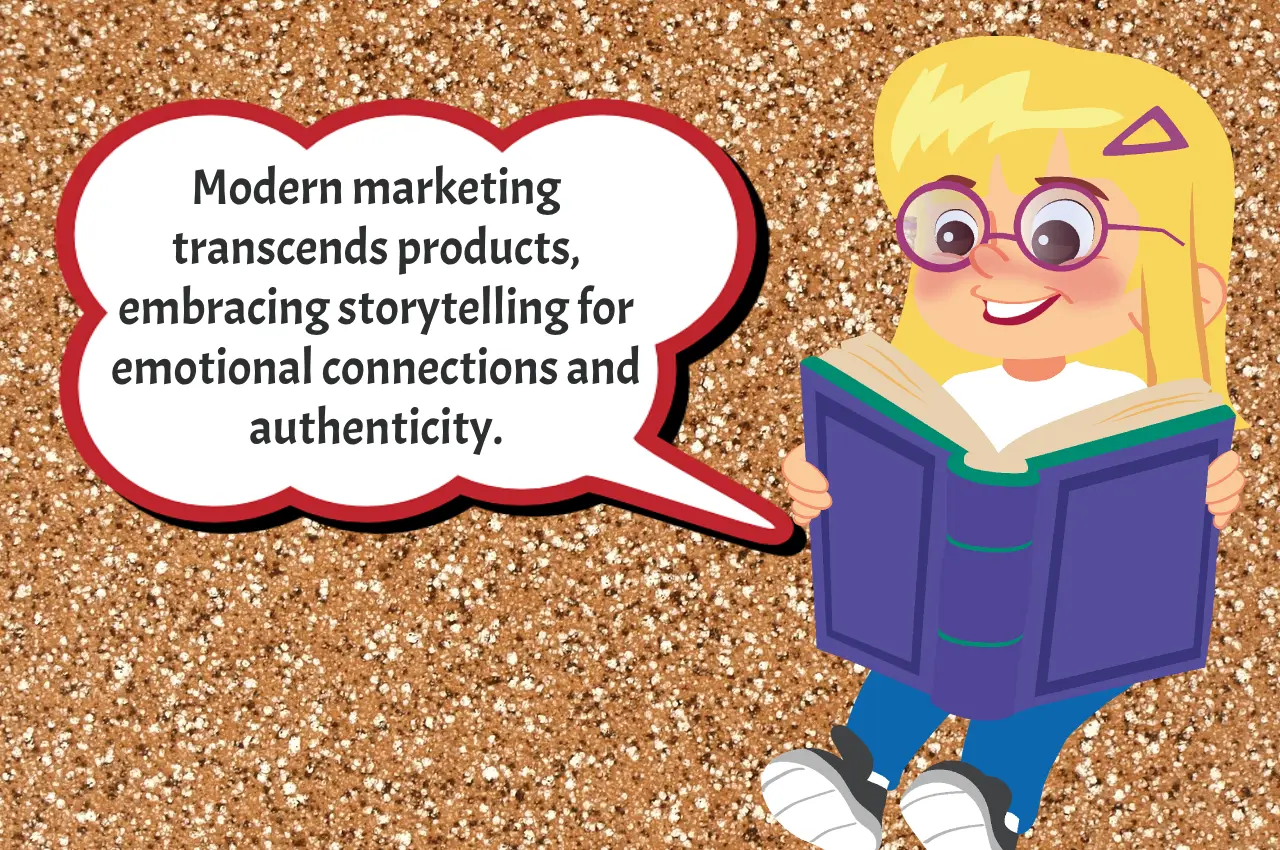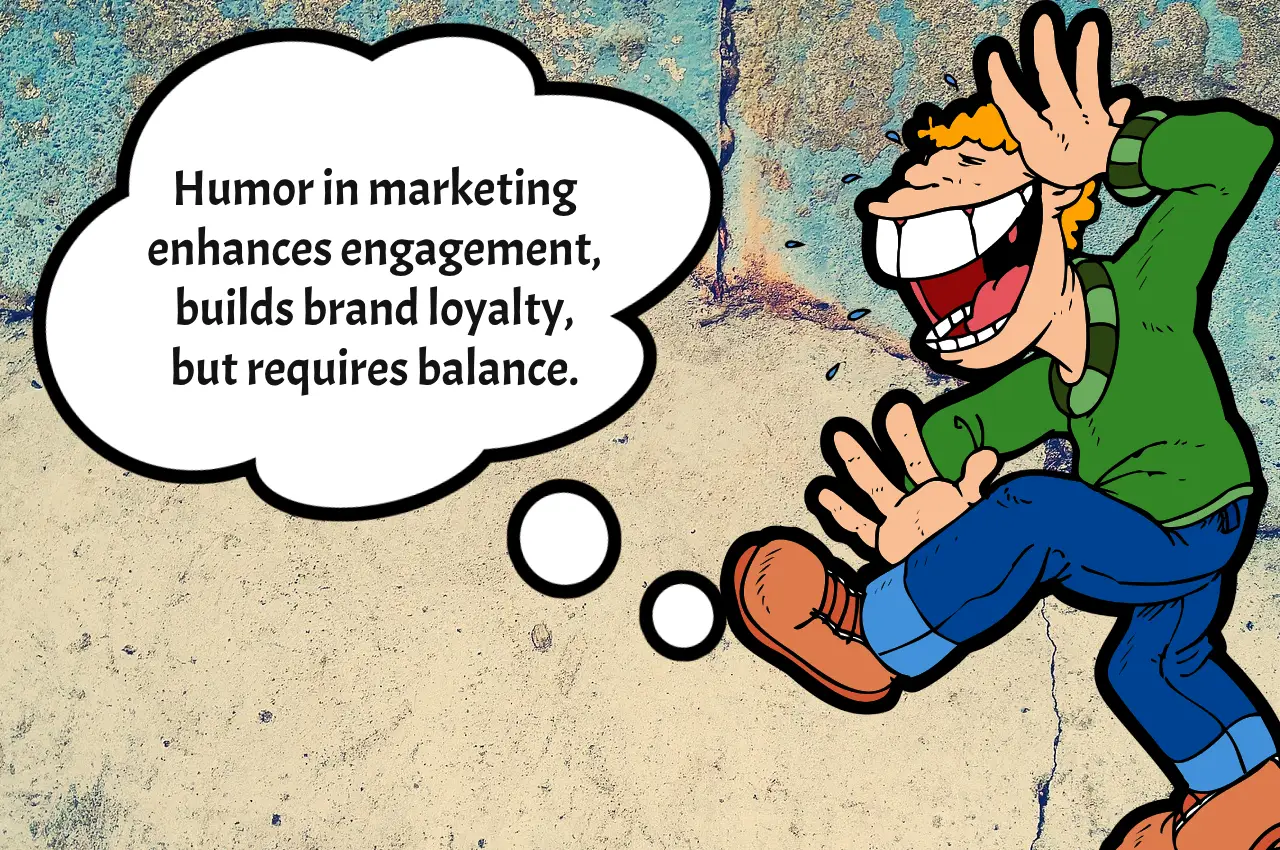In today’s dynamic marketing landscape, where every brand vies for attention, inclusivity stands out as a powerful differentiator. Crafting designs that are accessible to all is not just a moral obligation but a strategic imperative. In this comprehensive guide, we’ll delve deeper into the nuances of designing for accessibility in marketing, exploring why it matters, how to implement it, and sharing real-life success stories.
Understanding the Importance of Designing for Accessibility
In the digital age, information is omnipresent, but not everyone can access it equally. The essence of accessibility in marketing lies in ensuring that every potential customer, regardless of their abilities or limitations, can engage with and comprehend your content. This is not merely a checkbox; it’s about extending a warm invitation to a diverse audience.
Start with Your Audience
Understanding your audience is the first step toward crafting inclusive marketing. Imagine Jane, a potential customer who navigates your website with a screen reader due to visual impairments. How can you optimize her experience? It’s about anticipating and meeting diverse needs.
Visual Accessibility: More Than Meets the Eye
Visual elements are integral to marketing, but they should not be exclusive. High-contrast color schemes, legible fonts, and descriptive alt text for images are imperative. Consider the impact on individuals like Jane, for whom these elements make or break their interaction with your brand.
Auditory Accessibility: Hearing the Unheard
For those with hearing impairments, auditory accessibility is paramount. Including captions for videos and providing transcripts for audio content ensures your message resonates with all. Think of Tom, who relies on these features to fully engage with your brand.
Cognitive Accessibility: Simplify to Amplify
Cognitive accessibility focuses on making content understandable to individuals with varying cognitive abilities. Clear and concise language, avoidance of jargon, and breaking down complex ideas into manageable pieces enhance comprehension. It’s about creating a seamless experience for everyone.
Physical Accessibility: Ease of Interaction
Considering users with limited mobility is an often-overlooked aspect of inclusivity. Ensure your website is navigable via keyboard and compatible with assistive technologies. Simple, intuitive designs can significantly improve the accessibility of your digital presence.
Digital Accessibility: The Gateway to Inclusion
Digital platforms serve as the primary gateway to your brand. Adhering to Web Content Accessibility Guidelines (WCAG) is non-negotiable. Regular audits help identify and rectify potential accessibility issues, ensuring a seamless online experience for all users.
Marketing Materials: Tangible Touchpoints
In the tangible realm, physical marketing materials also play a crucial role in inclusive marketing. Consider incorporating Braille on business cards or brochures—a small touch that speaks volumes about your commitment to accessibility.
Inclusive Language: Speak to All
The words you choose shape the perception of your brand. Use inclusive language that resonates with a diverse audience. Avoiding stereotypes and language that might alienate any group ensures that your marketing messages are universally well-received.
Testing and Feedback: The Continuous Journey
Designing for accessibility is not a one-time task but an ongoing commitment. Regular testing and feedback from a diverse group of users help identify real-world challenges and refine your marketing materials accordingly. This iterative process ensures continuous improvement.
Real-Life Success Story: Inclusive Marketing in Action
To illustrate the impact of inclusive marketing, let’s consider Company X, a tech firm that recognized the potential of a more accessible approach. By redesigning their website with accessible features and infusing their campaigns with inclusive language, they experienced a remarkable 30% increase in engagement from a broader audience. This real-world success story emphasizes the tangible benefits of prioritizing accessibility in marketing.
The Call to Action: Be the Change
Now that we’ve explored the key facets of inclusive marketing, it’s time for action. Reflect on your current marketing strategies and identify areas for improvement. Consider starting with an accessibility audit of your website. Remember, every step you take toward inclusivity contributes to a more equitable and diverse marketing landscape.
Final Thoughts
Designing for accessibility in marketing is not just a best practice; it’s a necessity in our increasingly interconnected world. By embracing inclusivity, you’re not only expanding your audience but also championing equality. Let’s collectively make marketing a space where everyone feels seen, heard, and valued.
I invite you to share your thoughts, experiences, and stories related to inclusive marketing in the comments below. Let’s foster a community that values and promotes accessibility in every facet of marketing.
